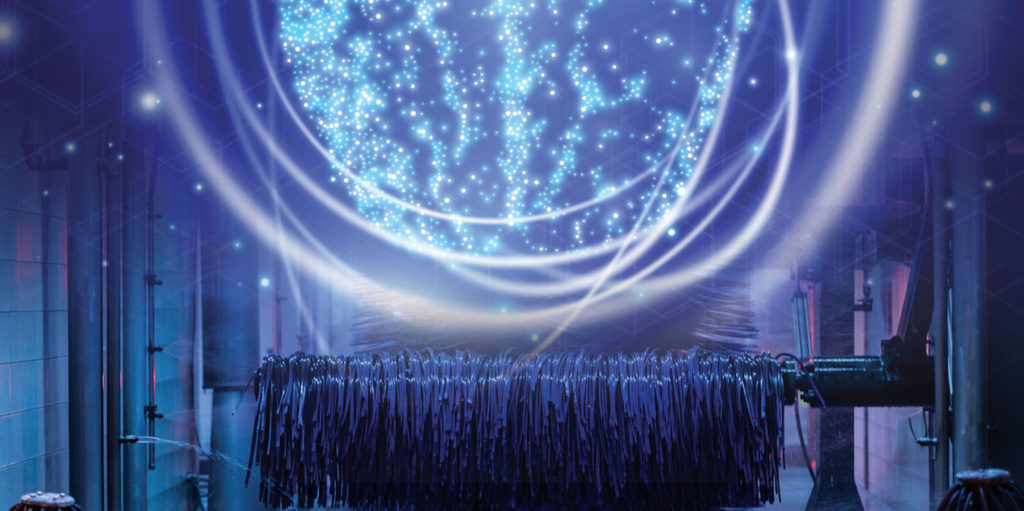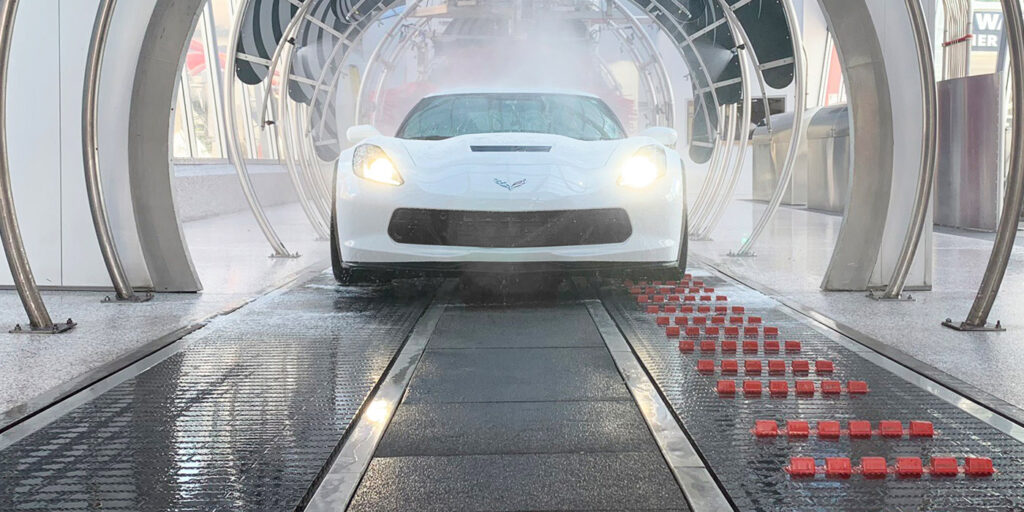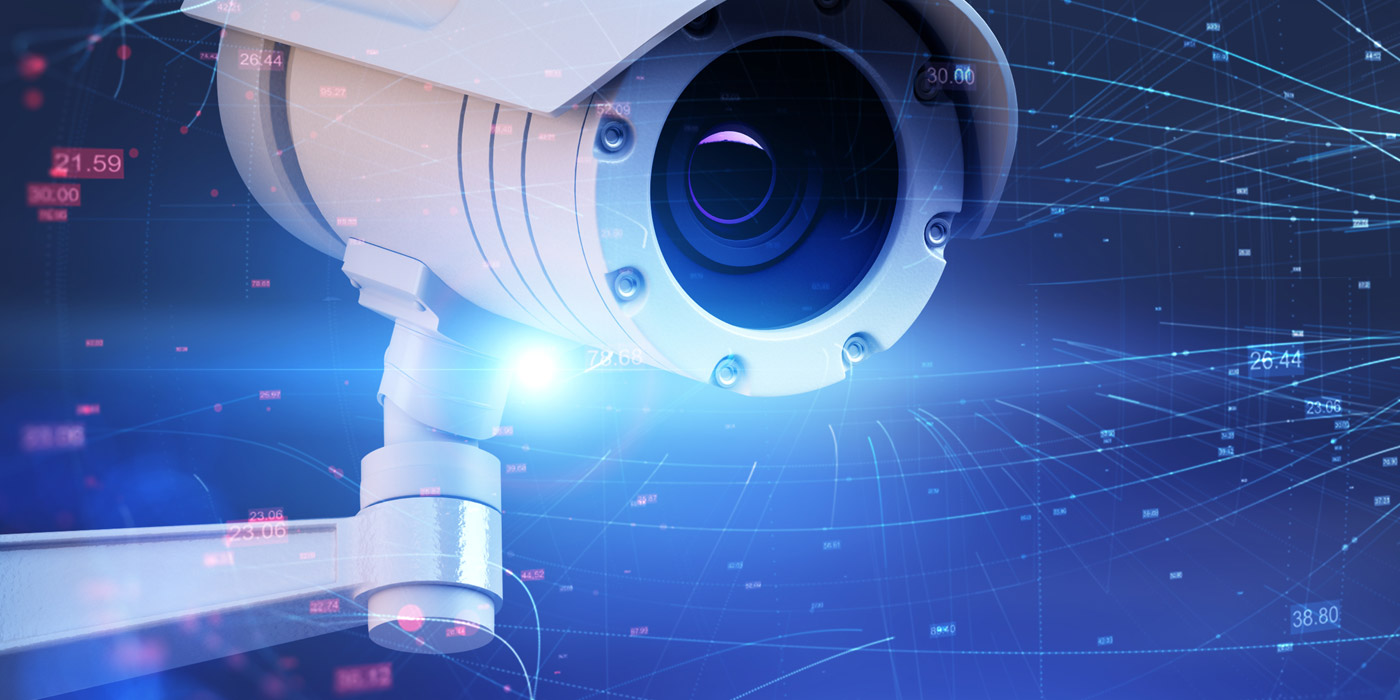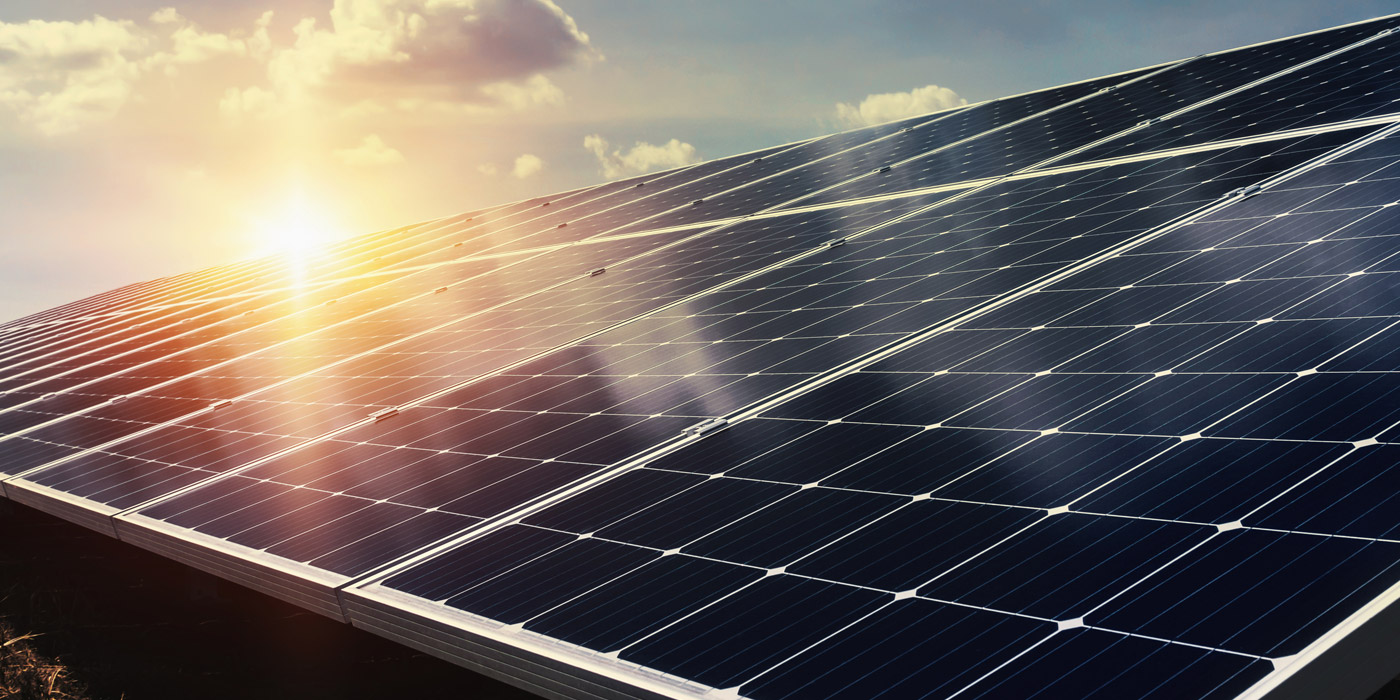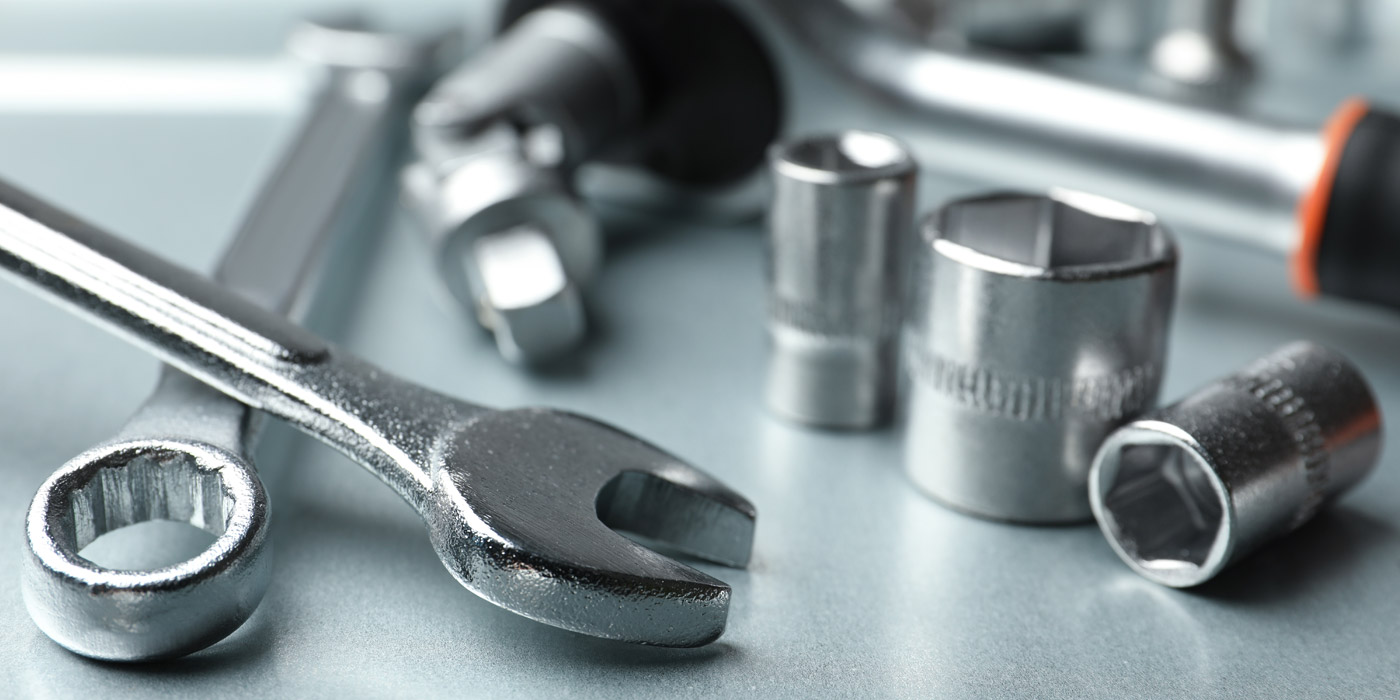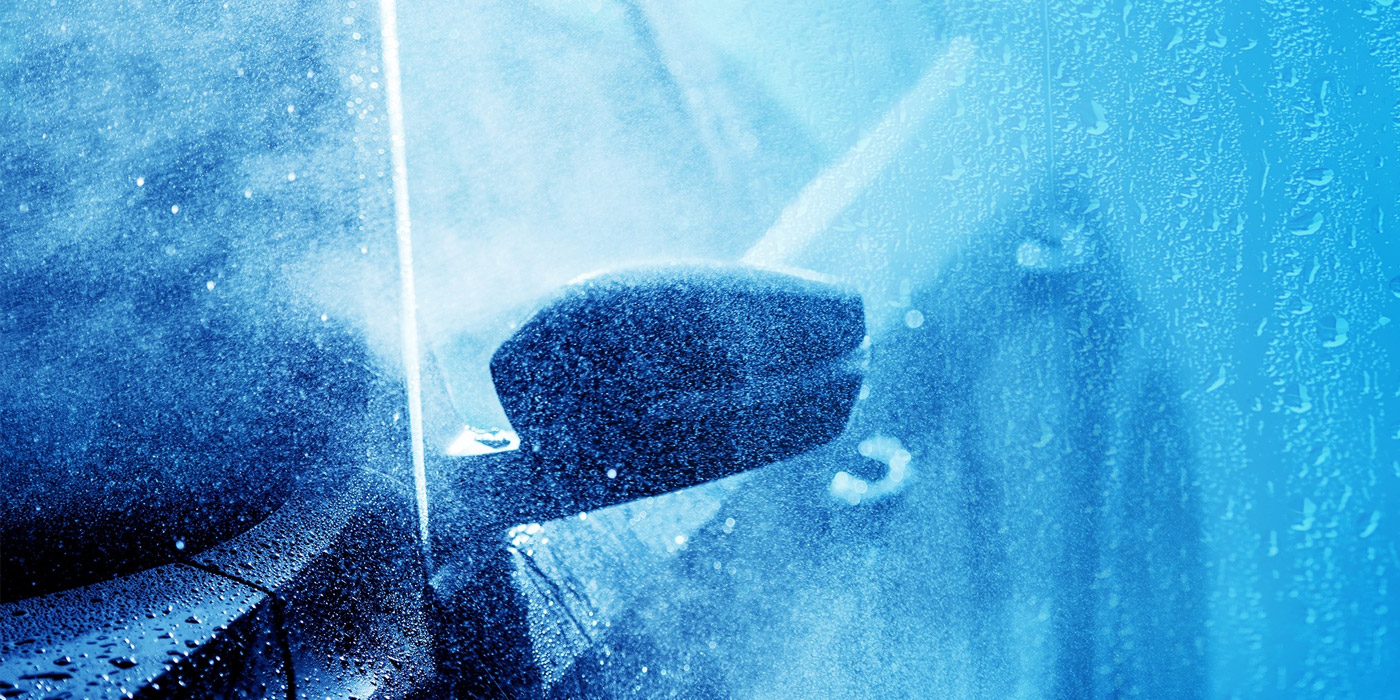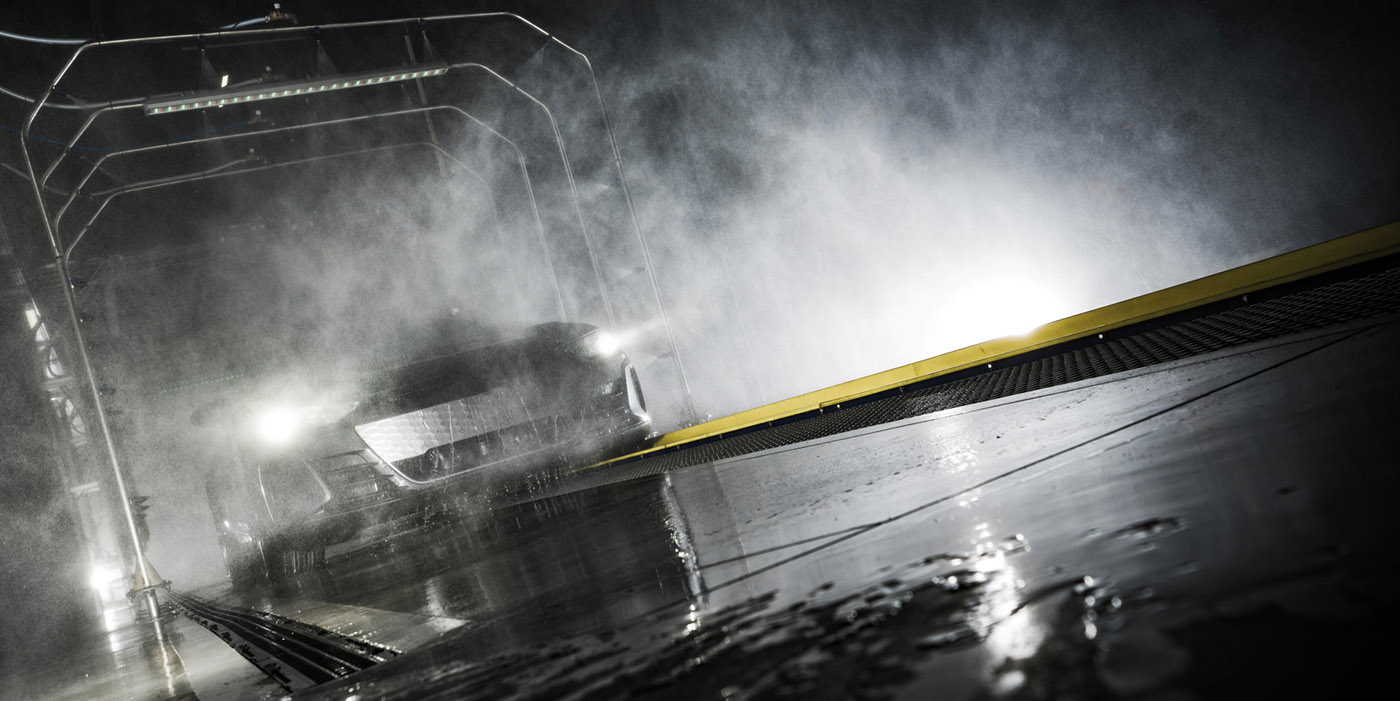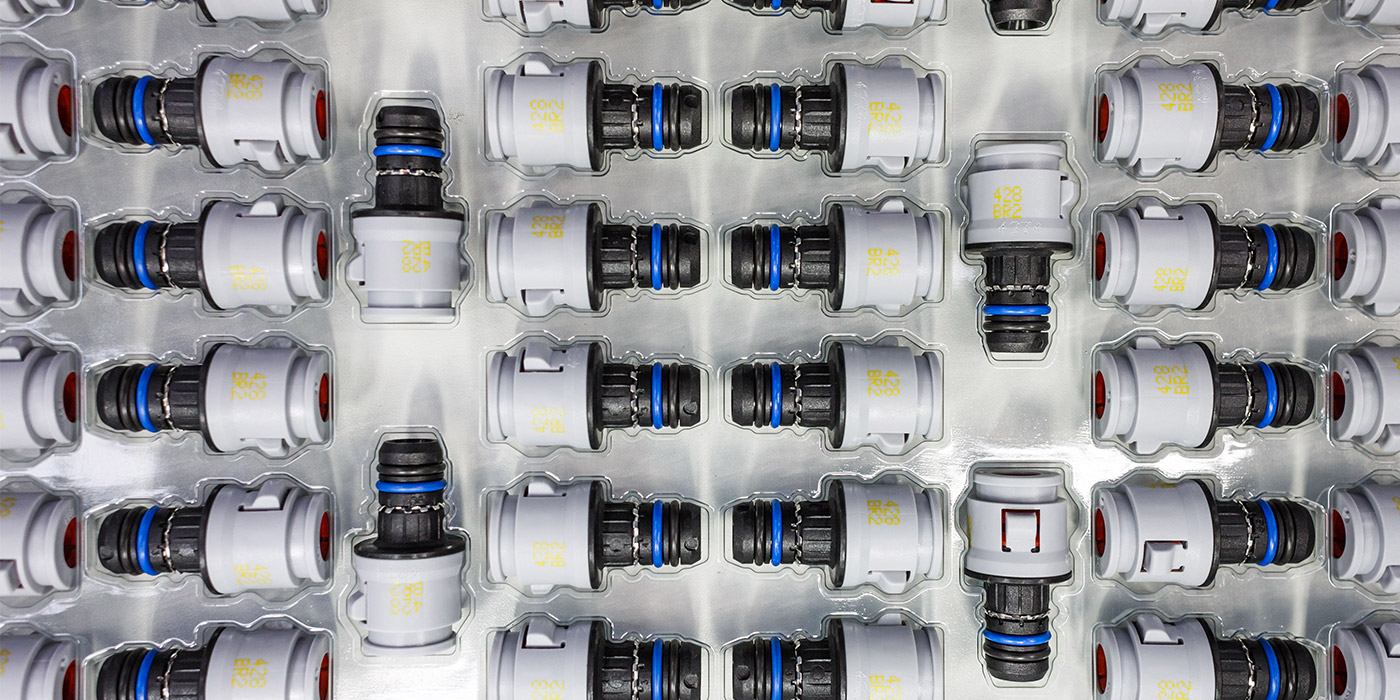The modern automated carwash features plenty of bells and whistles. On newly constructed express exterior sites, for instance, double-digit vacuums, high-tech equipment, advanced point-of-sale systems and accelerated conveyor speeds are common. This workhorse equipment creates perfect synchronization to power today’s automated carwashes to serve elevated car counts. But, before these components can combine and effectively meet demand — providing to-the-inch cleaning — the “brain of the carwash” must work hard behind the scenes to conduct the whole performance.
No time to read this article? Listen instead!
These “brains,” also known as carwash controllers, are only getting smarter and more versatile. In short, operators have more analytical information about their businesses than ever before. As a result of both this now-available information and fail-safe features, advanced, automated washes are also much safer to visit.
High-tech meets high IQ
New private equity capital is entering the professional carwashing market at a rapid pace. Major operators and manufacturers have taken advantage of this interest and used the opportunity to recapitalize their businesses, including making investments in product research and development over the past decade. The result is smarter equipment that reduces costs and maximizes performance — all in an effort to satisfy demand and customers. With unlimited plans, automated carwashes that seek to remain competitive must focus on speed, convenience, consistency and quality of service.
Newly funded equipment manufacturers are answering the call with smart equipment. Smart equipment needs advanced controllers.
According to Dave Ragle, DRB’s lead software engineer, if an operator of a highly automated tunnel carwash is asking, “Do I need a carwash controller?” he or she is already asking the wrong question. Ragle notes that the operator should instead be asking the following three power questions:
- What type of wash do I have?
- What features do I need?
- Which carwash controller offers the features that I need?
In other words, it’s not a matter of whether or not a modern automated carwash should have a controller — it’s a matter of what type.
“The answer to those questions will help determine how much investment in space and money is required,” adds Ragle.
For a tunnel carwash, conveyor length as well as the type of equipment and number of devices the controller will operate are leading factors that will dictate an operator’s investment in space and money.
“For example,” continues Ragle, “a smaller tunnel with a typical equipment package may only need 50 or 60 functions.” He adds that the controller needed to power this type of operation might only require less than three linear feet of wall space. For a larger operation that might demand two or three enclosures, operators should plan for as much as 7.5 linear feet of wall space.
“Keep in mind the tunnel controller is the brains of your operation, so you shouldn’t skimp when choosing a controller that will wash your customers’ vehicles. Whether you expect to wash 200 or 2,000 cars per day, the controller is what will keep your tunnel humming,” asserts Ragle.
Controlled and connected
Using today’s controllers, carwash operators can both monitor and operate their washes remotely, tracking analytics throughout the day. Using a mobile or internet-connected device, operators can simply access their controller, track operations and create efficiencies from anywhere in the world. That ability extends to all functions available from the controller itself, including overriding devices, changing settings and current service counts, etc., according to Ragle.
In addition to the commonly used features of a carwash controller, operators can likewise remotely access some of the lesser-used functions of today’s carwash controllers. What are some of these underrated features?
“Some [leading examples] of the most commonly under-utilized features of modern carwash controllers include power management, targeted chemical application capabilities, wireless connection for timing the tunnel and running on keypad in an emergency,” lists Bill Myers, Innovative Control Systems’ (ICS) support director. Myers also notes that a best practice operators can use is to connect to the controller to a smartphone in order to time the equipment while in the tunnel.
Controllers are also responsible for such advanced equipment as sonar and sensors that initially determine the vehicle type and adjust both equipment positioning as well as chemical and water applications accordingly. In addition to reducing waste, this capability also reduces damage claims and — even more costly — extended downtime.
“Another under-utilized feature is device saturation control, which automatically cuts off solutions, such as tire shine, when enough chemical has already been applied to the device to handle the next vehicle,” Ragle concurs. “This results in less waste of expensive chemicals and reduces ‘sling’ caused by over-application.”
Bay breeze
While sophisticated tunnel equipment requires large brainpower behind the scenes to operate, in-bay automatic and self-serve equipment controls are generally embedded in the equipment itself. With fewer moving parts and tighter integration, less control is needed to effectively operate this equipment in order to meet savings and satisfaction requirements.
However, according to Ragle, many in-bay automatic operators also have the ability to monitor and access equipment and information remotely. “Your in-bay automatic equipment manufacturer should be able to give more details on how improvements in control allow for improvements in wash quality from an in-bay automatic machine,” he adds.
On the horizon
Similar to other equipment found at leading carwashes across the country today, controllers continue to evolve and get better. So, what is on the horizon?
Manufacturers and operators should be excited about the next generation of controller features that will bring their offerings and businesses to the front of the competitive class.
As mentioned, by leveraging the information gleaned from entry sonar and sensors, leading carwashes are providing to-the-inch cleaning. However, this capability is limited to the vehicle’s size, shape and protruding surfaces.
What is missing is discovering the vehicle’s DNA, including any accident prevention or safety sensors and features that are included. As vehicle tech continues to evolve and advance to heighten safety on the road, the trip through a carwash is taking center stage with sometimes poor outcomes for operators and vehicle owners.
Controller equipment manufacturers are hard at work helping to resolve these issues and keep conveyor carwashes “humming.”
“Perhaps the most compelling feature I see on the horizon is precise wash equipment control based on the make, model and year of a vehicle. As more and more vehicles with onboard ‘beacons’ are on the roadways, and as more and more vehicles are able to securely communicate with external infrastructure, such as carwashes, look for carwash controllers to be able to fully customize how the equipment washes the vehicle based on that information,” educates Ragle.
Related: Problem vehicles at the carwash
A high controller IQ means going beyond the basic information of vehicle dimensions and tire locations. In the future, operators will have access to such information as factory and perhaps even aftermarket additions, including the exact dimensions and locations of external “shark fin” antennas, types of wheels, etc.
“We can even expect these vehicles to inform the carwash controller of problems, such as windows that are not fully closed and vehicles in park instead of neutral. They will even be able to automatically disengage automatic braking systems,” concludes Ragle.

